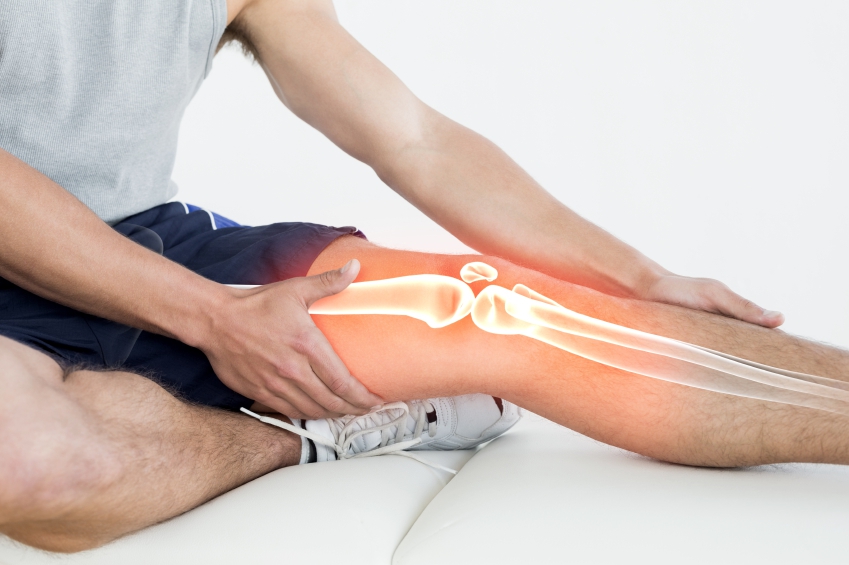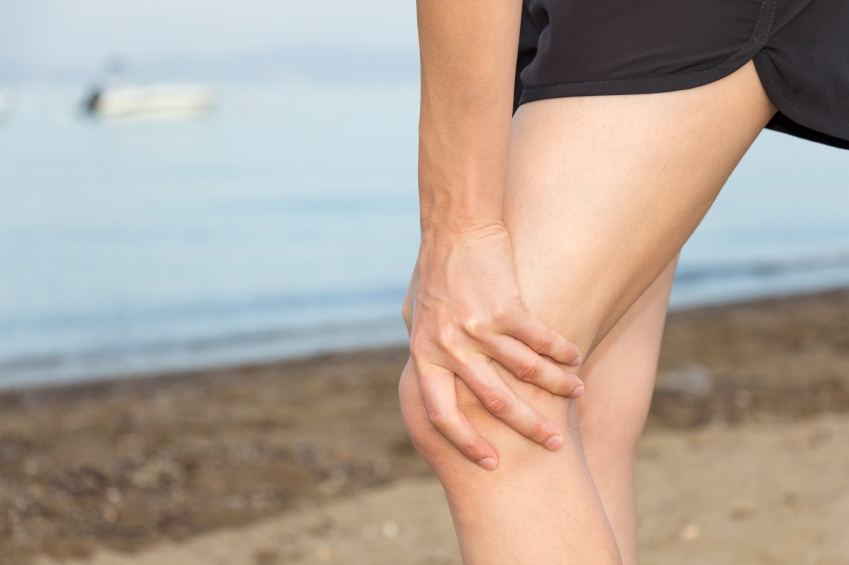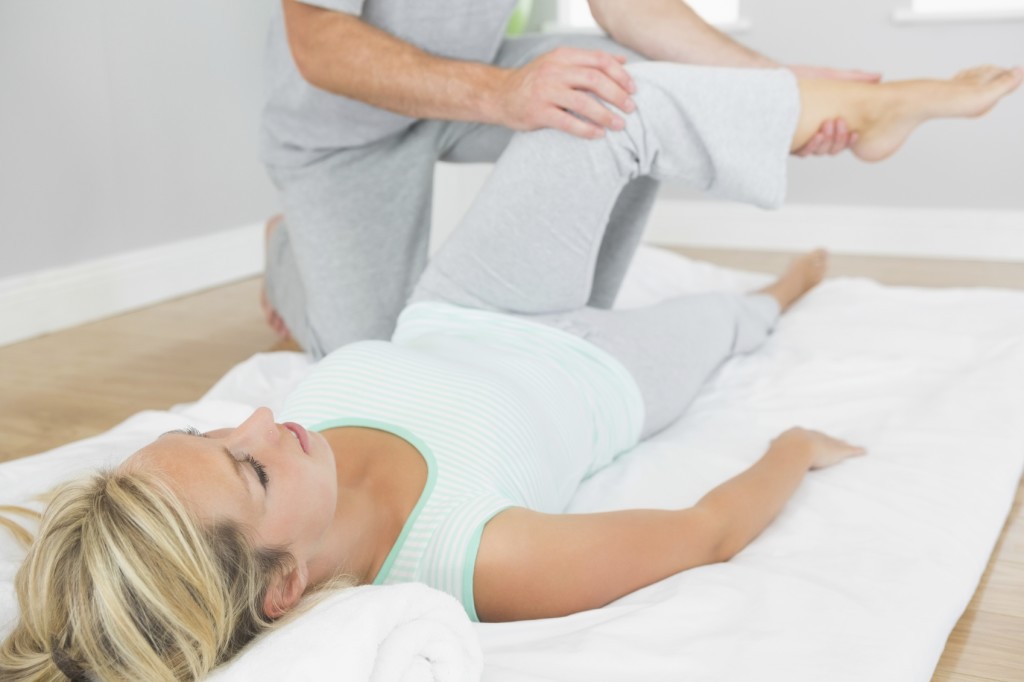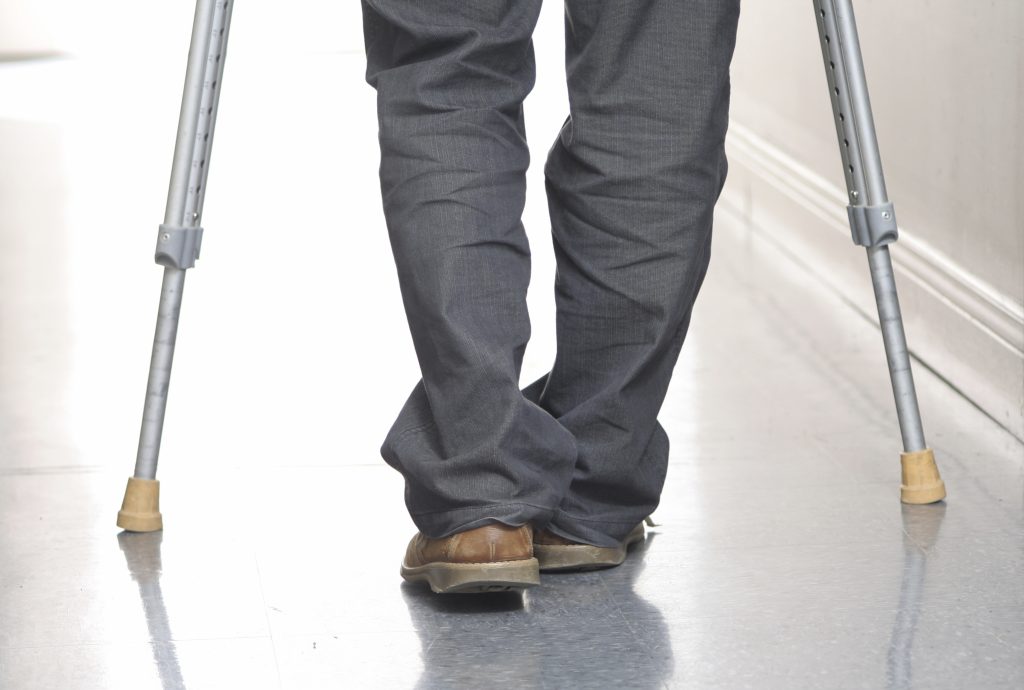An arthroscopy is a surgical procedure performed through small incisions, in which a small camera is inserted into the knee to provide clear views of the joint. A doctor will use this medical procedure to diagnose problems and to repair or remove damaged tissue. The meniscus is a tough cartilage between the shin bone and the thigh bone that disperses the body’s weight and reduces friction during movement. A meniscal tear can result from twisting the knee in sporting activities or any other motion that involves rotation.
Before the Surgery A meniscal injury causes pain, tenderness, swelling, and symptoms like locking and popping of the joint or a feeling of instability. If you require arthroscopic meniscal surgery, you will need to undergo a complete physical examination. Assessing your health is important to identify any possible issues that could interfere with surgery. You need to let the doctor know about any medication you are taking and about any medical condition you have. Blood tests and an EKG (electrocardiogram), in conjunction with X-rays and an MRI (magnetic resonance imaging) are frequently used to help identifying the scope of the condition.
Procedure Small incisions are made in your knee before the joint is filled with a sterile solution to rinse away any cloudy fluid, in order to give a clear view of your joint. The image projected from the camera will aid the doctor to insert small instruments like scissors and repair tissue accurately. This part of the procedure is usually relatively quick, taking 30 minutes or one hour, depending on individual cases. Arthroscopy helps to repair torn meniscal cartilage, reconstruct torn ligaments, or remove damaged tissue. Recovery An arthroscopy has faster recovery time than a traditional open knee surgery. However, you need to take precautions with your knee and follow the surgeon’s instructions carefully. You need to elevate your leg as much as possible for the first days after the surgery to reduce pain and swelling. After surgery, crutches will help your mobility so you don’t place too much weight on your foot and your leg. Driving isn’t advised too close to the surgery; you will be advised about when you can start driving again based on your case, and this can be days to weeks. Physical therapy will help strengthen the muscles on your leg for a faster recovery.
Risks Risks involved with surgery are infection, blood clots in the leg vein (deep vein thrombosis), which can remain in the leg or go to the lung (pulmonary embolism), pain or numbness around the scar, damage to local nerves or blood vessels, ligament injury, or persistent symptoms. These are uncommon and your surgeon will explain these risks in more detail. Knee injuries can be extremely painful and affect mobility severely. If you are having knee pain and think something is wrong with your knee, you can contact us to book an appointment with our doctor. Alternatively, you can follow us on Facebook and Twitter to keep up to date with our news.





